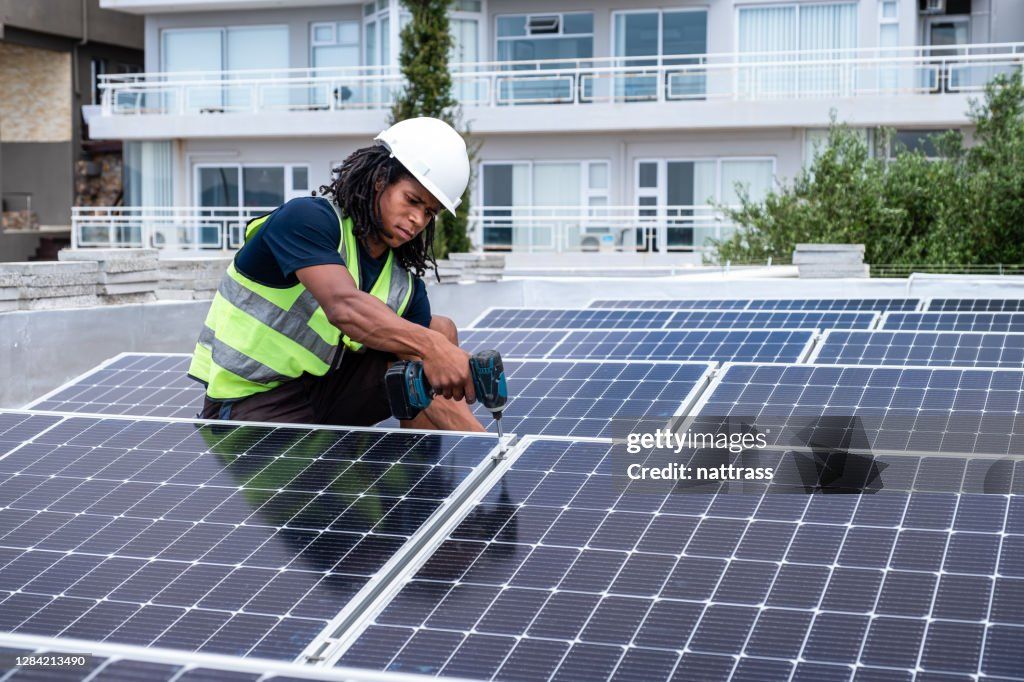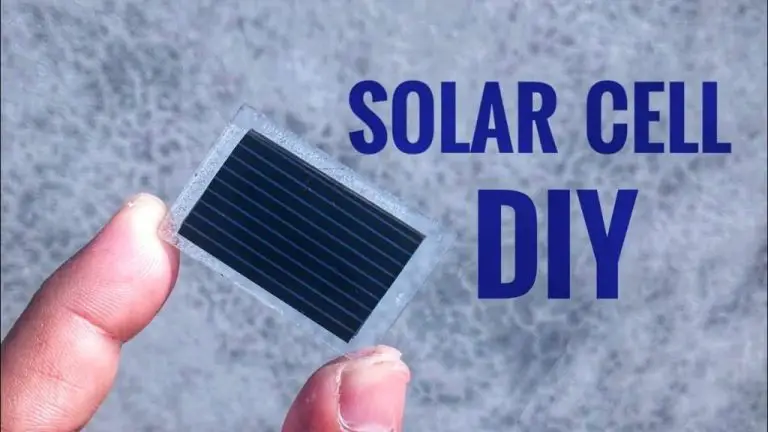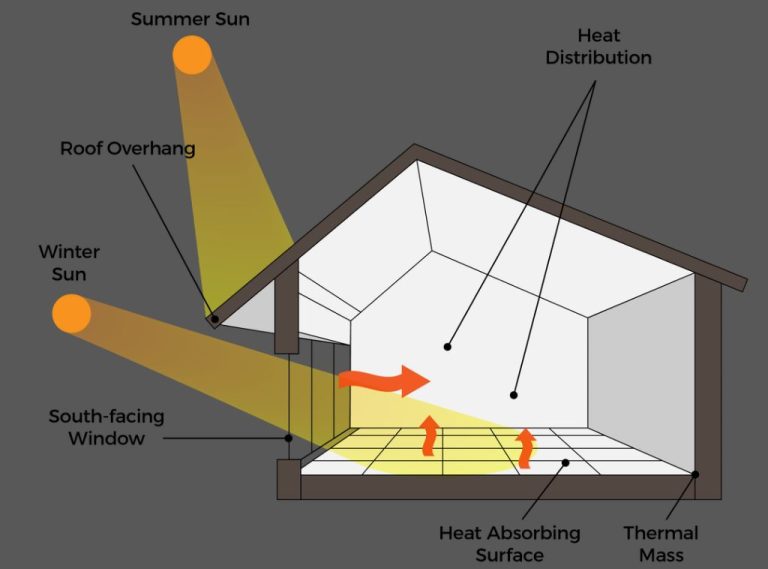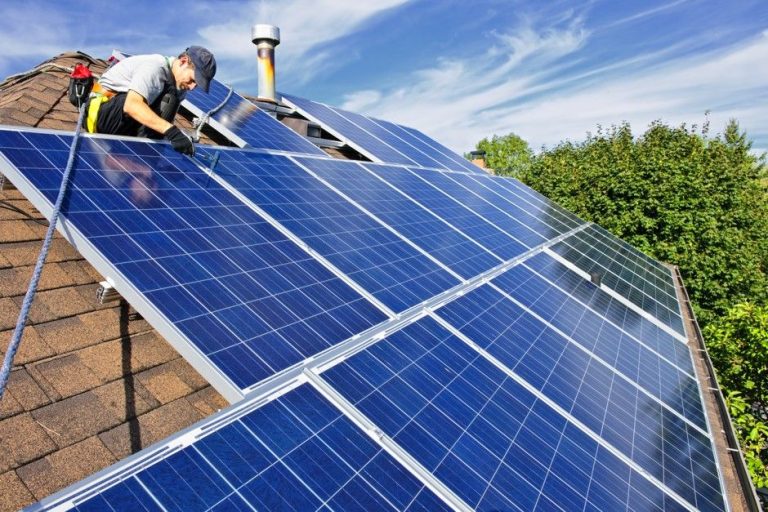How Do I Find A Local Solar Installer?
Installing solar panels on your home can provide many benefits. Solar energy is a clean, renewable source of electricity that does not produce greenhouse gas emissions like traditional fossil fuel sources. Going solar allows you to generate your own electricity and reduce your dependence on the electric grid. It also shields your home from fluctuating energy prices. The upfront investment in a solar system will pay off in the long run through lower electricity bills. You may even earn money by selling excess electricity back to the grid.
Solar panels can also increase the value of your home and demonstrate your commitment to environmental sustainability. The federal government, many state governments, and some local utilities offer financial incentives that can offset 30% or more of the cost of installing a solar system. With the rising cost of electricity from conventional sources, now is a great time to explore how solar power can start saving you money while also being good for the planet.
Determine Your Electricity Usage
The first step in finding the right solar panel system for your home is to determine how much electricity you currently use each month. This will help you properly size your solar panel system to meet your energy needs. Here’s how to check your monthly electricity usage:
Look at your monthly electricity bills for the past year. The kilowatt hours (kWh) used per month is usually clearly listed on each bill. Add up the total kWh used for each of the 12 months. Then divide this number by 12 to calculate your average monthly electricity usage.
You can also contact your utility company directly to request your annual or monthly energy usage. Most utility companies have this information easily accessible and can provide it if you call their customer service line.
Online accounts through your utility company often show your current monthly usage and may also allow you to view historical usage. Log into your account if you have one set up.
Smart meters and smart home energy monitors like Sense can track real-time energy usage. If you have access to data from these devices, analyze it to determine your average electricity needs.
Once you know your average monthly electricity usage, you’ll have a good baseline to use when determining what size solar system to install. Aim to offset 75-100% of your usage with solar panels to maximize your energy bill savings.
Consider Your Roof and Property
When choosing solar panels, it’s important to evaluate your roof size, angle, and sun exposure. South-facing roofs without shade from trees or other buildings are ideal, as they receive the most direct sunlight throughout the day. panels work best when pointed directly at the sun. For sloped roofs, an angle close to your latitude is optimal – generally within 15 degrees. Flat roofs can use tilt mounts to achieve the proper angle. Examine where sunlight hits your roof at different times of day to determine the best areas for solar installation.
Make sure your roof has adequate unshaded space for the number of panels needed to meet your energy needs. This may require removing trees or other obstructions. Most homes need 10-30 panels for full solar installation, with each panel requiring about 100 sq. ft. Smaller installations are also possible to help offset some energy usage. Additionally, verify that your roof is in good structural condition for supporting solar panels.
Before installing solar, check local zoning laws and HOA rules to ensure panels are permitted. Some neighborhoods prohibit visible solar panels on the street side of homes or have restrictions on panel size and placement. Get necessary approvals in writing so your project isn’t halted after installation. Most areas allow solar installs, but the permitting process varies. Also reach out to your utility company early in the process to avoid issues connecting your system to the grid.
Research Local Installers
One of the best ways to find reputable solar installers in your area is to use online directories like EnergySage that allow you to enter your zip code and receive quotes from pre-screened solar companies nearby. EnergySage has hundreds of installers in their network that have been vetted for licenses, certifications, customer reviews, and more. This helps ensure you are only contacted by qualified solar professionals.
Another recommendation is to ask neighbors, friends or family who have solar panels installed for referrals. Speaking with local homeowners who have gone through the solar process can provide valuable insights on which installers did quality work. Check online reviews as well to see the experiences of other customers.
Research potential installers to find those that have strong reputations for high-quality installations, excellent customer service and fair pricing. Ideally, look for an installer that has been in business for several years with hundreds of successful local installations completed.
Contact Installers for Quotes
Once you have researched local solar installation companies, the next step is to contact them to request quotes. Getting quotes from multiple installers is crucial for finding the best deal.
Solar panel installation is a major investment, so take the time to get personalized quotes from at least 3 companies. Here are some key questions to ask installers when getting a quote:
- What is the estimated total cost of the system, including panels, inverters, racking, etc?
- What solar panel brands and models will be used?
- How much electricity will the system produce per year?
- Do you provide a production guarantee?
- How long is the workmanship warranty?
- What is your estimated timeline for completion?
- Will you apply for tax credits and incentives on my behalf?
- Can you provide references from past customers?

Thoroughly vet each installation company before signing a contract. Compare the quality of equipment they use, total costs, estimated production outputs, and warranties. An installer who provides a very low quote may be cutting corners or using lower-tier equipment. Opt for a fairly priced bid from a reputable company over choosing the cheapest option.
Compare Quotes and Check Credentials
Once you have received quotes from multiple installers, it’s time to compare them side-by-side. Look at the system size, equipment brands, warranties, and prices. Make sure you are comparing equivalent system sizes and components. Some key things to look for:
- System Size – Measured in kilowatts (kW), this determines how much electricity the system can generate. Make sure quotes are for similarly sized systems based on your usage.
- Equipment Brands – Higher end equipment like panels and inverters generally have better performance and longer warranties.
- Warranty Lengths – 20-25 year panel production warranties and 10 year system warranties are common.
- Prices – Get total costs after incentives and compare bottom line prices. Cheaper isn’t always better.
Be sure to verify each installer’s credentials as well. Check that they have an active solar contractor’s license and liability insurance. Read online reviews and ask for local references. Confirm they have several years of experience installing solar. Reputable installers will be happy to provide this information.
Taking the time to thoroughly compare quotes and vet installers will help you choose a high quality solar system and capable installation company. This will lead to a smooth process and long-term satisfaction.
Apply for Tax Credits and Incentives
There are federal and local incentives that can help make solar power more affordable. The federal solar tax credit allows you to deduct 26% of the cost of installing a solar energy system from your federal taxes. This credit will be reduced to 22% for systems installed in 2023. Some states, cities, and utilities also offer additional incentives like rebates and tax credits to go solar.
To find incentives available in your area, check the Database of State Incentives for Renewables and Efficiency website (DSIRE). You can search by state and find details on state and local solar incentives, rebates, grants, and policies. The Solar Energy Industries Association website also compiles information on state and federal solar policy.
Some homeowners may qualify for additional assistance programs based on income level, such as state low-income solar incentives and utility energy efficiency programs. Check if any special incentives are available to you before moving forward with an installation.
Sign a Contract
After comparing quotes and vetting the installers, you’ll be ready to sign a contract with the company you select. Be cautious of low-cost door-to-door salespeople making big promises. Reputable solar companies will not send salespeople door-to-door or pressure you to sign quickly. Take your time to carefully read the entire contract before signing. Make sure you understand the total costs, time frame, products being used, warranties, and any limitations. Beware of red flags like requiring large upfront payments or making big claims about government incentives that seem too good to true. A legitimate solar installation company will walk you through the contract in detail and allow time for you to review it thoroughly before signing.
Schedule the Installation
Once you’ve signed a contract with your chosen solar installer, it’s time to schedule the installation. Solar panel installations typically take 1-3 days to complete. The installer will give you a specific timeframe when booking your installation.
Be sure to ask your installer how long they expect the installation to take so you can plan accordingly. You may need to take time off work or make other arrangements while the solar panels are being installed.
Here are some tips to help you prepare for the installation:
- Clear the installation area. Remove any debris or obstructions on your roof or in the installation location.
- Trim overhanging tree branches. Trees that shade the solar panels will reduce the system’s electricity production.
- Clean the roof. A clean surface will allow the solar panels to adhere properly.
- Confirm the installation date and timeline.
- Make sure pets or children will remain safe during the installation.
Following the proper preparations will help ensure your solar panel installation stays on schedule. Be sure to coordinate with your installer so you know what to expect throughout the process.
Maintain the System
Once your solar panels are installed and operating, some regular maintenance is required to keep them performing efficiently for years to come. Here are some tips for maintaining your solar panel system:
Clean the solar panels – Dust, dirt, bird droppings, pollen and other debris can accumulate on your solar panels over time, blocking sunlight and reducing power output. It’s recommended to clean off your solar panels at least a couple times per year. Use a soft brush and mild soap and water to gently clean the panels without damaging them.
Check the inverter and wiring – The inverter converts the DC electricity from the solar panels into usable AC power for your home. Make sure the inverter is kept clean, dry and well-ventilated. Also check that the wiring is intact and all connections are tight. Address any anomalies immediately to prevent power interruption or damage.
Trim any overhanging tree branches – Trees and shrubbery that have grown taller can end up shading your solar panels. Prune them back to assure unobstructed sunlight access to your panels.
Monitor long-term maintenance costs – While solar panels can last 25-30 years, inverters may need replacement after 10-15 years. Budget for inverter replacement and other system repairs as your system ages. Most solar installers provide maintenance and repair services.
With proper care and maintenance, your solar panel system can reliably produce clean energy for decades. Stay on top of cleaning, inspection and any repairs to maximize solar production.







